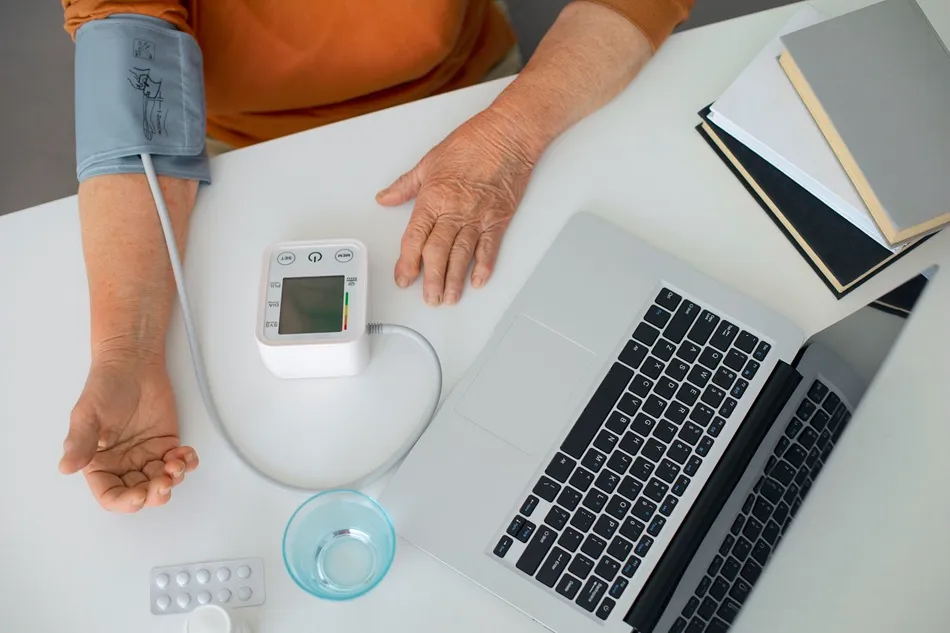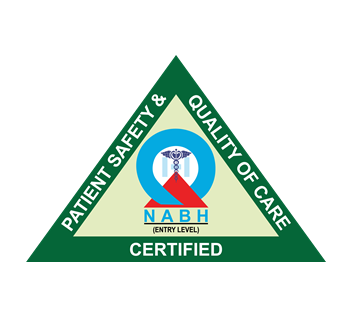
How to Reduce Your Risk of Stroke: A Complete Guide
Understanding Stroke
A stroke tends to happen when blood is either blocked or leaked into the brain (hemorrhagic stroke). This blockage/bleeding leads to blood not getting into other areas of the body, which may impede its normal functioning. This condition is one of the top causes of death in the world, and the most unfortunate part about it is that more than 80% of the cases of stroke go unreported.
Learning Stroke Risk Factors
The given set of pointers would help you keep the risk factors for stroke under your personal control. Based on your individual health condition, some of these pointers could be followed, while some might heighten the risk of stroke.
Centralized Examination Risk Factors:
- Age: The threat of stroke increases, especially after the age of 55 years.
- Genetics: A stroke risk increases if a relative has experienced a stroke.
- Gender: Men experience strokes more frequently, but more women die from them.
- Past History of Stroke or TIA: A history of stroke or transient ischemic attack (TIA) increases the likelihood of another stroke.
Risk Factors That You Can Control:
- Hypertension
- Hypercholesterolemia
- Diabetes
- Smoking
- Obesity with a low-quality diet
- Sedentary lifestyle
- Excessive alcohol consumption
- Psychosocial stress and negative emotions
Ways to Reduce Stroke Risk
1. Managing Blood Pressure
High blood pressure is a common risk factor for strokes. Controlling it is crucial.
- Reduce sodium intake and eat a balanced diet rich in vegetables, fruits, and whole grains.
- Exercise regularly (at least 30 minutes of moderate activity most days of the week).
- Limit alcohol and caffeine consumption.
- Take prescribed medications regularly.
- Monitor blood pressure levels with self-testing devices and regular checkups.
2. Maintaining Healthy Cholesterol Levels
- Consume healthy fats from nuts, seeds, avocados, and olive oil.
- Avoid saturated and trans fats.
- Eat fiber-rich foods like beans, oats, and vegetables.
- Exercise regularly to improve good cholesterol (HDL) and lower bad cholesterol (LDL).
- Consult a physician for cholesterol-lowering medications if needed.
3. Keeping Diabetes Under Control
- Monitor blood glucose levels and follow medical advice.
- Eat whole foods, lean protein, and healthy fats.
- Stay physically active to regulate insulin levels.
- Take prescribed medications as needed.
- Avoid sugary drinks and refined carbohydrates.
4. Quitting Smoking
- Seek professional help or join a support group.
- Use nicotine patches, lozenges, or gum if necessary.
- Avoid smoking triggers.
- Exercise and use stress-relief techniques.
- Surround yourself with supportive people.
5. Healthy Eating for Stroke Prevention
Foods That Reduce Stroke Risk:
- Leafy greens (spinach, kale, collards)
- Berries (blueberries, strawberries)
- Fatty fish (salmon, mackerel)
- Nuts and seeds (walnuts, flaxseeds)
- Whole grains (quinoa, oats, brown rice)
- Legumes (lentils, beans)
Foods to Avoid:
- Processed foods high in trans fats and added sugar
- Excessive salt
- Red and processed meats
- Sugary beverages
6. Staying Active
- Engage in 150 minutes of moderate-intensity activity weekly (walking, cycling, swimming).
- Strength training twice a week.
- Balance and flexibility exercises to prevent falls.
- Move around if seated for prolonged periods.
7. Limiting Alcohol Consumption
- Limit alcohol to one drink per day for women and two for men.
- Consume red wine in moderation, as it may offer heart benefits.
- Avoid excessive drinking.
8. Managing Stress and Mental Health
- Practice deep breathing, yoga, or meditation.
- Get 7-9 hours of sleep per night.
- Engage in hobbies and enjoyable activities.
- Seek professional help or join support groups if needed.
9. Recognizing Stroke Symptoms (FAST Method)
- F (Face): One side of the face droops.
- A (Arms): Weakness or numbness in one arm.
- S (Speech): Slurred speech or difficulty speaking.
- T (Time): Seek emergency help immediately.
Final Thoughts
Preventing a stroke requires proactive health and lifestyle management. Prioritizing blood pressure control, cholesterol and blood sugar regulation, smoking cessation, a balanced diet, physical activity, and stress reduction can significantly lower your risk. Consult a physician if you have specific risk factors.

